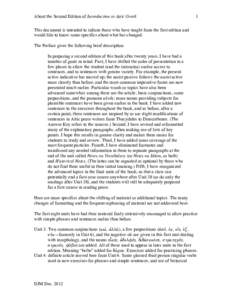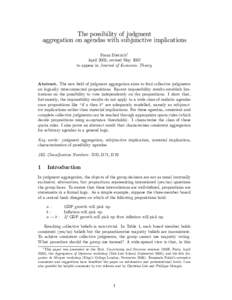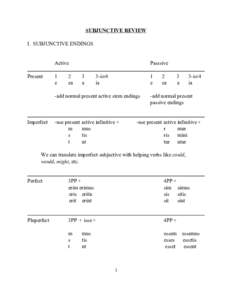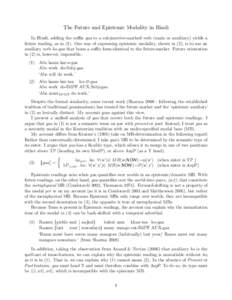<--- Back to Details
| First Page | Document Content | |
|---|---|---|
 Date: 2012-12-19 18:51:47Culture Linguistics Grammar Grammatical moods Ancient Greek language Greek grammar Grammatical tenses Aorist Optative Subjunctive English language Imperative mood |
Add to Reading List |
 About the Second Edition of Introduction to Attic Greek 1 This document is intended to inform those who have taught from the first edition and would like to know some specifics about what has changed.
About the Second Edition of Introduction to Attic Greek 1 This document is intended to inform those who have taught from the first edition and would like to know some specifics about what has changed.


